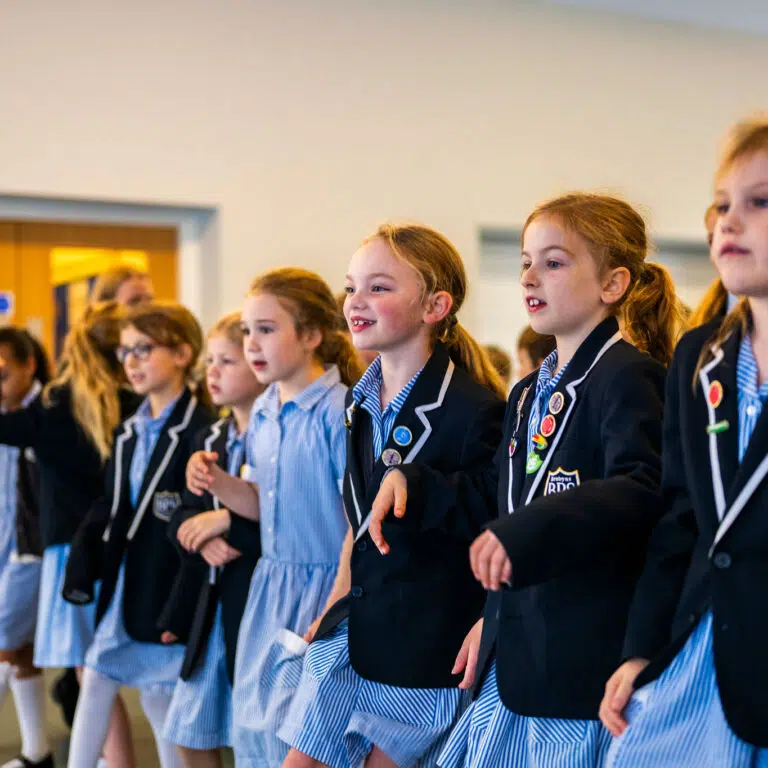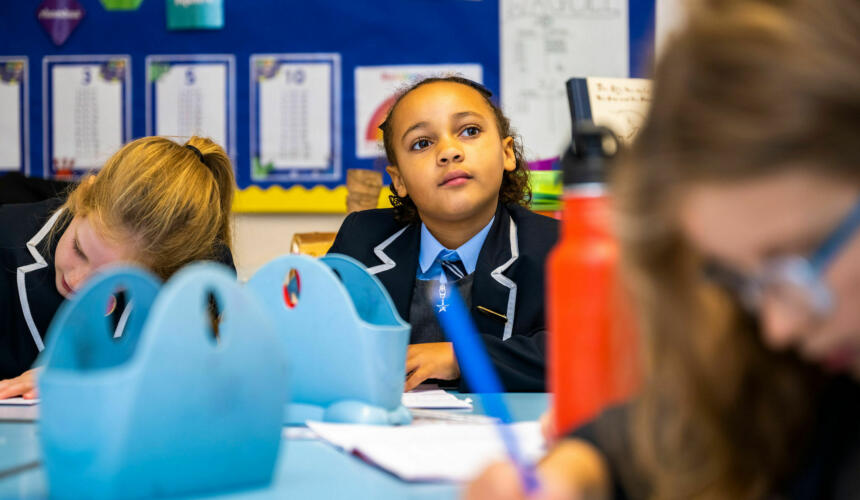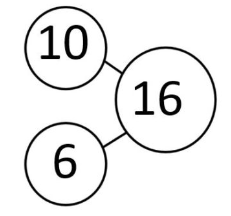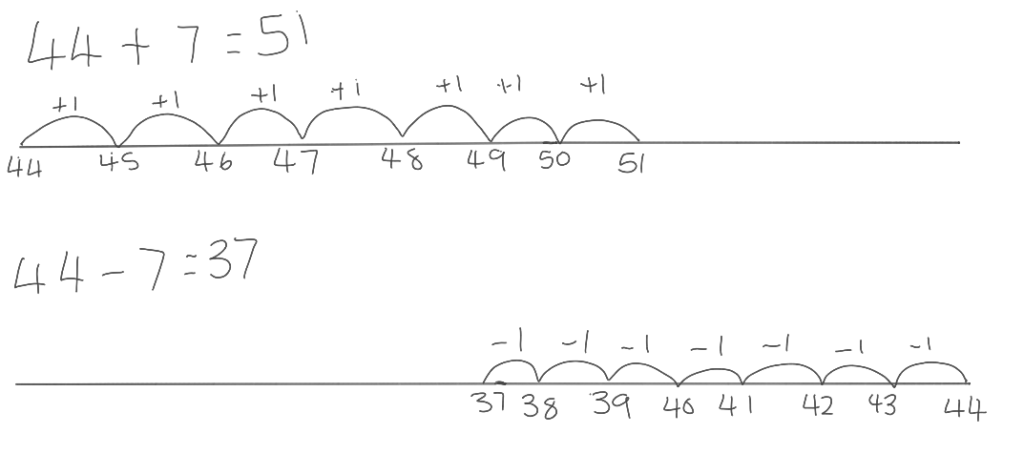Online, you can find a magnitude of resources and advice regarding how to support your child’s development in Maths. This can sometimes seem a little daunting and cause some confusion. In supporting Maths, the best advice is to do little and often; this could be 10 minutes reciting number bonds in the car or recalling times table facts (2, 3, 5 and 10) whilst getting dressed in the mornings. Here are some useful activities that are used in school which you can employ at home to support the various areas of your child’s development in number.
By the end of Year 2, your child should be able to: count in steps of 2,3,5 and 10; recognise the place value of a 2-digit number; read and write numbers to 100 in numerical and word form; identify, recognise and estimate numbers using visual representations; compare and order numbers for 0-100 using symbols (< > =) and use all of the above to solve problems. This is not a limitation to your child’s abilities as we often expand on the objectives above to push your child to their potential. All of the below activities can be easily amended to support and extend your child.
To aid counting, Year 2 often use songs to help them. One of their favourites at the moment is a song to help them count up in multiples of 3. This can be found on youtube: Multiply by 3 in Minutes with Powerdot Multiplication’s skip-counting songs! www.PowerdotMath.com
Here are some examples of the visual representations that we use in school to support the development of this area.
Place Value Grid: Part-Whole Model split into 10s and 1s:
| Tens | Ones |
| 4 | 5 |
This shows 45 – which is made up of 4 tens and 5 ones, the number 40 and 5.
Number lines:
Number lines can be useful to aid counting, support addition and subtraction as well as estimating numbers. For example, using the number lines going up in multiples of 10, can your child label where 35 would be? Can they show 20 and 40 or 45+7 on a number line? See example below.
Base 10:
Hundreds Tens Ones
In class we also use a physical resource called base 10. This enables children to explore number in a greater level of detail. For example, does your child know that 10 is made up of 10 ones and 100 is made up of 10 tens or 100 ones? A good understanding in this area can really support the addition and subtraction of 2-digit numbers.








